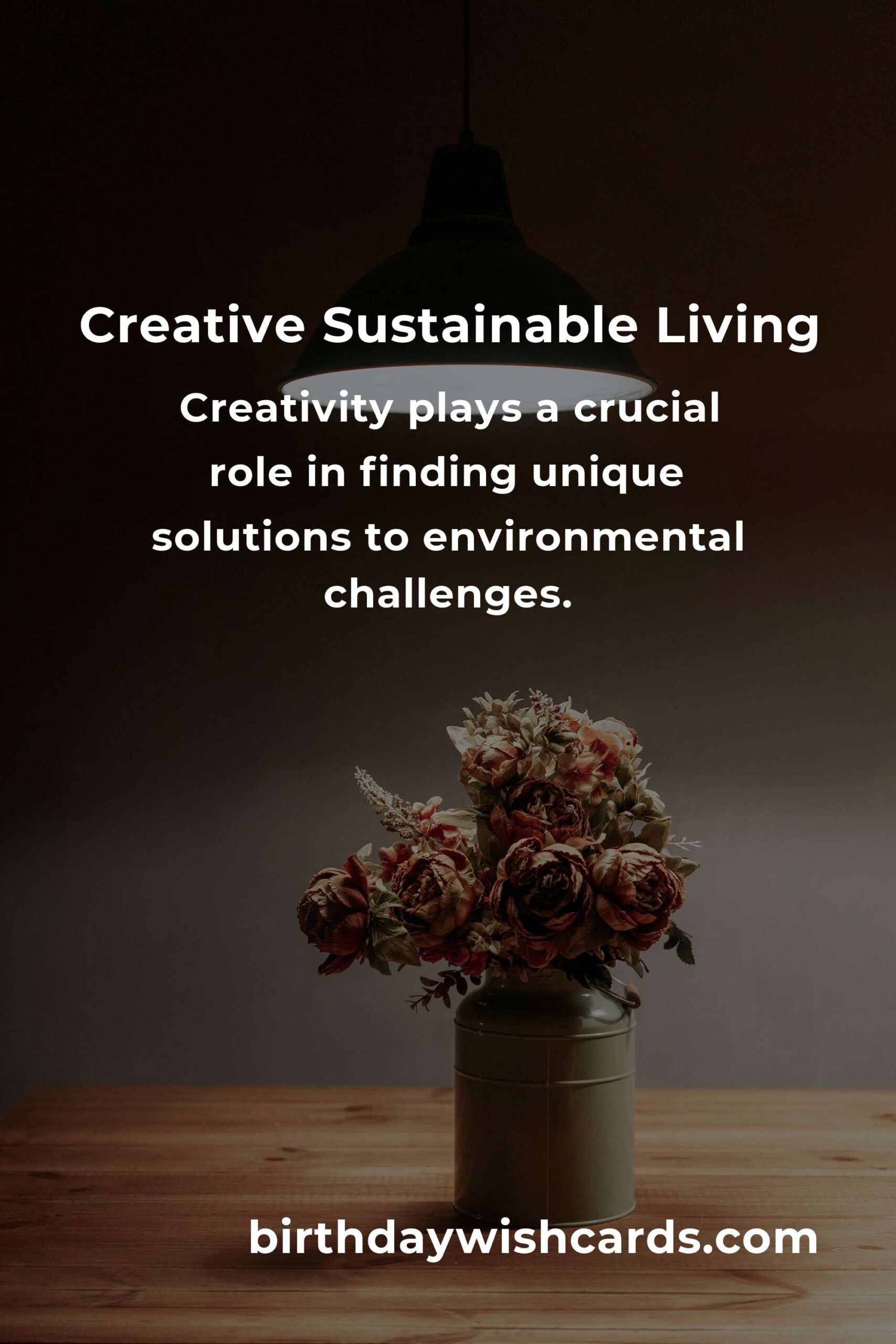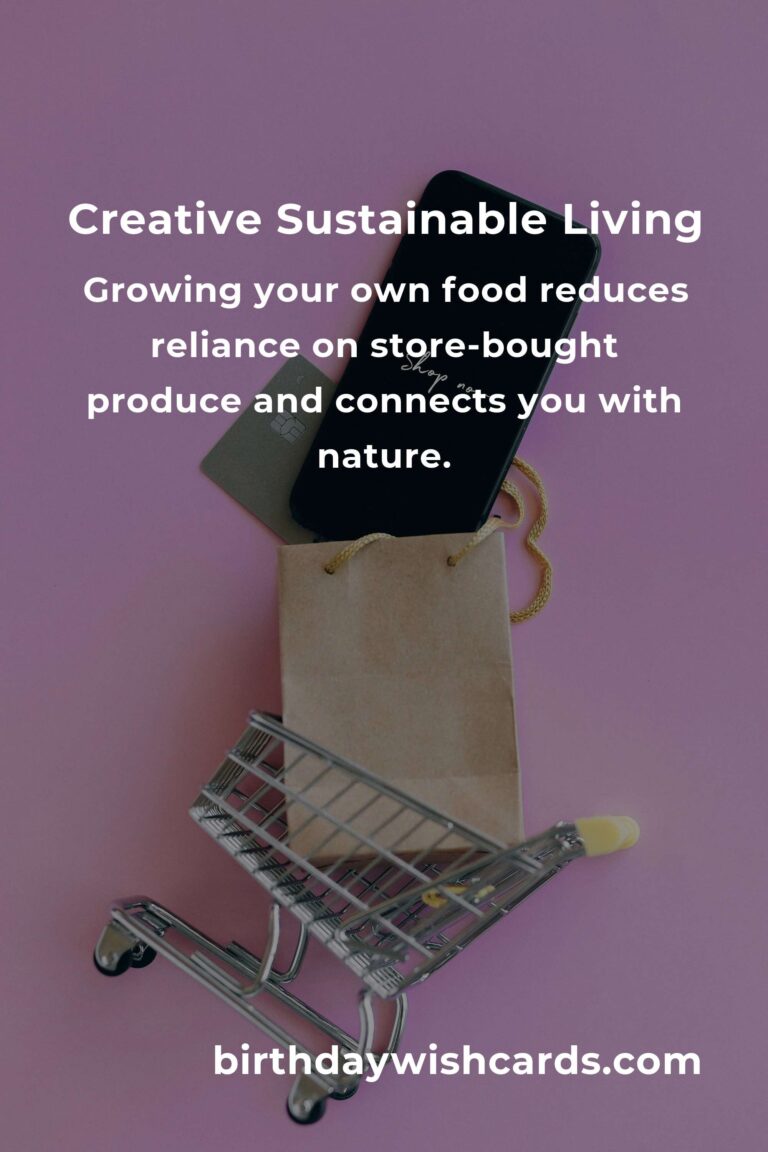
In today’s fast-paced world, embracing a sustainable lifestyle is more important than ever. Sustainable living is not just about making eco-friendly choices; it’s about being creative with the resources you have and finding innovative ways to reduce your carbon footprint. This article explores various aspects of creative sustainable living and offers practical tips to incorporate into your daily life.
Understanding Sustainable Living
Sustainable living is a lifestyle that aims to reduce an individual’s or society’s use of Earth’s natural resources. It involves making conscious choices to minimize waste, reduce energy consumption, and promote environmental conservation. The goal is to meet our current needs without compromising the ability of future generations to meet theirs.
Why Creativity Matters in Sustainability
Creativity plays a crucial role in sustainable living. It allows individuals to think outside the box and come up with unique solutions to environmental challenges. By being creative, you can reuse and repurpose materials, find alternative ways to meet your needs, and inspire others to do the same. Creative sustainable living encourages innovation and fosters a sense of community as people collaborate to achieve common goals.
Practical Tips for Creative Sustainable Living
1. Repurpose and Upcycle
One of the simplest ways to start living sustainably is by repurposing and upcycling items. Instead of throwing away old furniture, clothing, or household items, consider how they can be transformed into something new. For example, turn an old ladder into a bookshelf or use glass jars as planters. The possibilities are endless, and repurposing helps reduce waste and conserve resources.
2. Embrace Minimalism
Minimalism is about living with less and focusing on what truly matters. By adopting a minimalist lifestyle, you reduce clutter, save money, and lessen your environmental impact. Start by decluttering your home and donating items you no longer need. Focus on purchasing high-quality, sustainable products that are built to last. Minimalism is not just about owning fewer things; it’s about making intentional choices that align with your values.
3. Grow Your Own Food
Growing your own food is a rewarding way to embrace sustainable living. Whether you have a large garden or a small balcony, you can grow herbs, vegetables, and fruits. Gardening reduces your reliance on store-bought produce, cuts down on packaging waste, and ensures you have access to fresh, organic food. Plus, gardening is a therapeutic activity that connects you with nature.
4. Reduce Energy Consumption
Reducing energy consumption is a fundamental aspect of sustainable living. Simple changes like switching to LED bulbs, unplugging electronics when not in use, and using energy-efficient appliances can make a significant difference. Consider investing in renewable energy sources such as solar panels to power your home. These changes not only reduce your carbon footprint but also save you money on energy bills.
5. Support Sustainable Brands
When making purchases, support brands that prioritize sustainability. Look for companies that use eco-friendly materials, practice fair trade, and have transparent supply chains. By choosing sustainable products, you are voting with your wallet and encouraging more businesses to adopt environmentally responsible practices.
Conclusion
Creative sustainable living is about making mindful choices and finding innovative ways to live in harmony with the environment. By repurposing items, embracing minimalism, growing your own food, reducing energy consumption, and supporting sustainable brands, you can make a positive impact on the planet. Remember, every small step counts, and together, we can create a more sustainable future for ourselves and generations to come.
Sustainable living involves making conscious choices to minimize waste and reduce energy consumption. Creativity plays a crucial role in finding unique solutions to environmental challenges. Repurposing and upcycling items help reduce waste and conserve resources. Minimalism focuses on living with less and making intentional choices. Growing your own food reduces reliance on store-bought produce and connects you with nature. Supporting sustainable brands encourages environmentally responsible practices.
#SustainableLiving #EcoFriendly #Minimalism #Upcycling #GreenLiving

